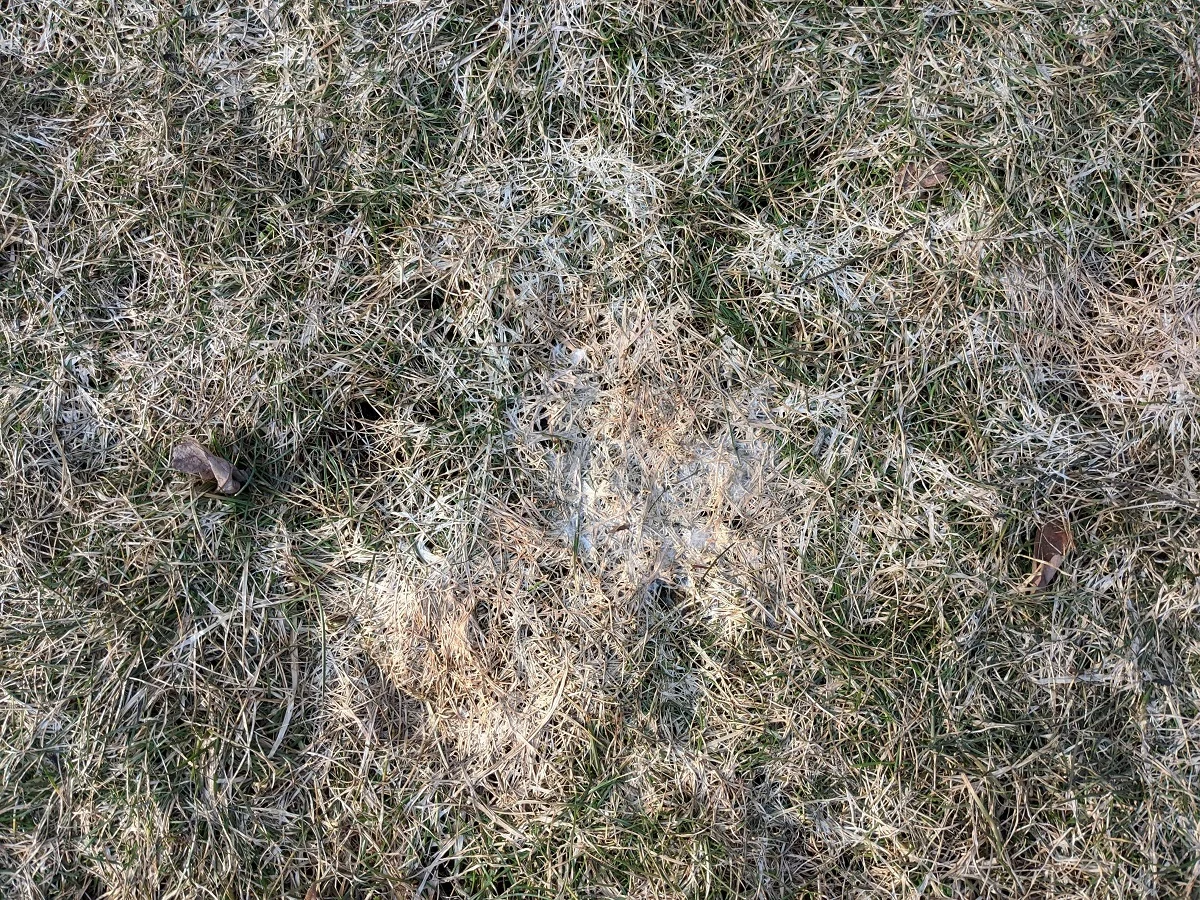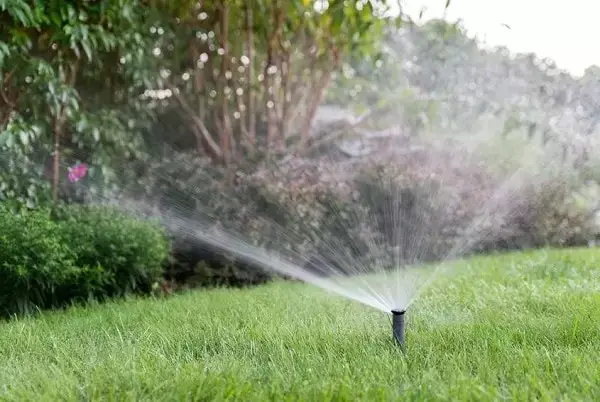What to Put On Your Grass in The Fall
Last Updated on November 24, 2025 by Duncan
As the seasons change and the weather becomes cooler, it is easy to forget about taking care of your lawn. It’s tempting to let your grass go dormant in the fall, but don’t do it. It’s best to continue lawn care throughout the season.
Doing so will make a significant difference over the winter, and you’ll see the results in early spring when your lawn is lush.
Fall is also the ideal time to identify and prevent common grass issues. While you may not be able to address every issue immediately, you can begin to set the ground for future lawn repairs.
Are you wondering what to put on your grass in the fall? There are plenty of things you can put there. The common ones being:
Seed
Seeding a lawn in early fall is bound to help it grow greener and thicker the following spring. Fall sowing is essential for a beautiful spring grass.
To be on the safe side, sow the seed when soil temperatures range from 50 to 65°F, which is usually six to eight weeks before the first frost.
This timing enables the roots to establish before winter dormancy. When seeding, use a combination of fast-germinating and slow-growing grass species to ensure both instant covering and long-term lawn health.
When establishing a new grass, the soil should be moist, warm, and soft. You should therefore wait till there has been some significant rainfall and the weather is temperate.
It’s also a good idea to prepare the seedbed beforehand by killing weeds but not grass and breaking up hard areas.
To get the best results, aerate the soil before sowing. This improves seed-to-soil contact, fostering healthier root growth.
You can then rake the seed into the soil and water thoroughly. When doing it, avoid creating puddles or pools of water that could cause seeds to clump together.
If you need to fix portions of grass, you should consider overseeding it. Here you sow the grass seed directly into the current lawn to cover patches and other damaged areas. It enhances lawn condition and repairs damage.
Fertilizer
The other thing you can put on your lawn in the fall is fertilizer. Along with sowing or overseeding your lawn, a well-timed coating of fertilizer in the fall is highly beneficial to the grass. This is especially critical if a soil test reveals a deficiency of nutrients for your lawn.
Your grass will feed more throughout the months of September and March than it does throughout the year.
During those months of going dormant and wintering, the grass is sucking up food and storing it in its nodes which makes it possible for it to have a good start to the season and be able to push new grass up for the season.
With grass demanding and needing food, you should perform a fall weeding and feeding in September, and then fertilize again at the end of October or early November.
Fertilizing in the fall can also help your grass recover from summer heat. While this is the case it is critical to understand how to fertilize your lawn and with which fertilizers.
Depending on the care your lawn requires, you may wish to use grass feed with varying NPK plant fertilizer values, while nitrogen-rich fertilizers are often the most effective at stimulating new growth.
Fungicides
Many people associate fall with the appearance of colorful mushrooms and fungi, but there are several common species of fungi that infect and destroy lawns. If you’ve had mushrooms in your yard previously, now’s the time to take some precautions to safeguard your lawn.
You should put a liquid fungicide on your lawn in the fall so that the liquid can seep down through the grass and penetrate the root zone, where the grass comes from, allowing you to kill the fungus and prevent further fungus from sprouting.
This is an effective way for removing mushrooms from your lawn and preventing new ones from growing. Remember to wear gloves and wash your hands when working with fungi in your yard, since they could be harmful.
Things that can also help prevent the fungi include not overwatering your grass during a drought season. The ideal way to water your grass is to water it longer, deeper, and less frequently.
Insecticides
Garden pests are something that all gardeners encounter, and dealing with them is an ongoing chore. In the fall, many insect larvae become active in the soil, feeding on the grass and causing harm.
Fall is a good time for interrupting pest life cycles. For the best outcome, go for a two-pronged approach: use a tailored insecticide to control the pests and encourage beneficial insects through diversified crops. This strategy consistently reduces pest problems in the next growing season.
When choosing a pesticide, go for an environmentally friendly, biological pesticide treatment that targets and eliminates some of the most frequent and harmful insect infestations, such as leatherjackets and grass grubs.
You can also work at attracting beneficial insects to your yard, which will solve your pest problem for you.
Dish soap
While some people enjoy the idea of a moss garden, others may regard Moss as an intrusion into their perfectly manicured lawn.
You should note that Moss and algae on your lawn indicate underlying soil health issues. They compete with grass for water, sunlight, and nutrients, making it difficult for your lawn to thrive.
To fix this problem, start with a soil test to see if you need to modify the pH or apply fertilizer. By improving soil fertility, drainage, and air circulation you minimize Moss and algae on your lawn.
Thinning tree branches to allow more sunlight can also help. Addressing these conditions would produce better grass while keeping Moss and algae at bay.
There are numerous ways for getting rid of Moss in the grass, including scarification and homemade treatments like killing Moss with dish soap, which may be simpler for small moss patches.
Garden fork
Many people wonder why they should aerate their lawns every year, given how time-consuming the process may be.
Aeration provides several advantages, particularly if you know when to aerate a lawn for the best results and how to aerate a lawn appropriately.
Aeration is an essential aspect of fall lawn care because it lowers soil compaction, enhances water and nutrient absorption, and produces an ideal environment for root growth of new grass seed after the severe summer conditions.
Core aeration is especially beneficial and may be accomplished by renting equipment or engaging an expert.
As previously stated, aeration can help prevent moss and weed growth, as well as pest concerns, and can help restore damaged lawns. Aeration is perfect for repairing a waterlogged lawn in the fall and winter.
Simply push a garden fork into the ground and move it back and forth to break up the dirt and allow air to flow through. However, a bigger grass area would benefit from core aeration, which involves extracting a core of soil from the ground using a coring instrument.
You can then use sand to plug the holes that this generates, which will enhance drainage.
Rake
This may seem apparent, but raking leaves that fall into your lawn is a good idea. ‘You need to keep all the debris, leaves, and garbage off the grass area so that you don’t create the potential of bugs, fungus, and other diseases.
It is also critical to give your lawn a final mowing before winter. You should mow your yard shorter than you usually do all year.
Mowing at a lesser rate will decrease the opportunities for mold and fungus. Do not cut your lawn too short, as this can cause the grass roots to freeze and failt to recover. You want to leave enough grass to cover or protect the lawn during the winter.
Instead of composting fallen leaves, consider using them as natural leaf mulch in your flower beds.
Water
It’s easy to assume that the coming of colder temperatures means that you don’t have to water your lawn in the fall. However, if you stop watering your lawn, it can lead to problems later on. And you don’t want this.
The roots still require water and need to grow. Healthy roots promote proper wintering and will help when the new season begins. So make sure your lawn is watered throughout the fall.
There is no one-size-fits-all solution to when to stop watering your lawn in the fall because it depends on your local temperatures and rainfall.
When you are watering your lawn, avoid oversaturating the soil, since this can cause the roots of your lawn to rot. And you don’t want this, do you?


